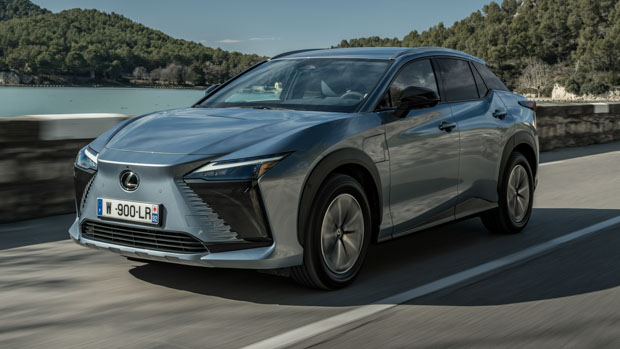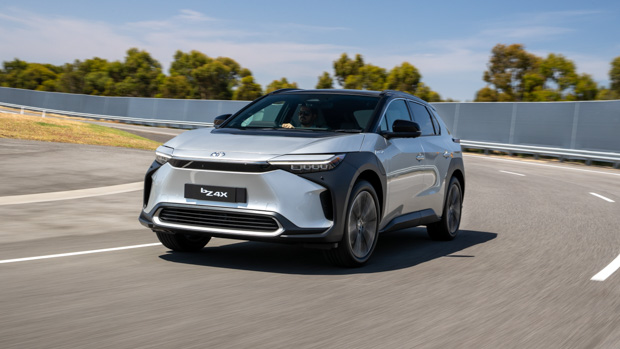-
Car Reviews
- Car News
-
Car Comparisons
Latest comparisons
- Chasing Deals
Toyota is beginning to implement steer-by-wire technology into its cars, but it isn’t for everyone
Imagine driving a car where there is no physical connection between the steering wheel and the front wheels.
Well, that is becoming a reality for Toyota who will begin to implement the system into some of its cars very soon.
The Toyota BZ4X and Lexus RZ450e, both of which share the same e-TNGA platform, will soon be available with a steer-by-wire system.
But if you want your future Toyota to have a regular electric steering system, you’ll certainly be able to have it.
The steer-by-wire technology has been widely questioned over whether or not it provides any steering feel, as well as possible safety concerns if the system does not have a back up.
Toyota is set to be one of few car makers set to use the technology, but many could follow if the technology proves to be successful.
It’s commercalised application is not new: Infiniti has been applying its own system, Direct Adaptive Steering – an electric steering system with mechanical failsafe – to its road cars since 2013.
Let’s have a quick look at the technology and how it works.
In a simplified way, a steer-by-wire steering system means there is no physical connection between the steering wheel and the front wheels.
Instead, electric motors connected to both the steering wheel and the steering rack communicate together to make the wheels turn in the direction you would like to go.
How does this differ from a conventional steering system?
This is the complete opposite of a traditional steering setup, where the steering wheel is connected to a column and then to a shaft that connects to the steering rack, which then transfers turning force from the steering wheel into movement to the front wheels.
As part of a Road and Track article, Toyota told the publication that the main benefit of the system is that it can be continuously variable, meaning that it can change the feel and/or the steering ratio depending on vehicle speed and how much lock is applied to the steering wheel.
It’s also claimed to be cheaper to engineer the system for left- and right-hand drive, and safer in the event of an accident. It is said to be a requirement of some designs in the development of full self-driving systems.
Road and Track also mentions that there are plenty of dynamic tuning possibilities with a steer-by-wire system to make the feel of the steering just how you individually like it.
In Toyota’s case, there are two of everything when it comes to the steering system – this means that there is a backup if one system happens to fail.
Steer-by-wire in Toyota’s application usually runs off the vehicle’s 400-volt system normally, however if the 400-volt system fails, the steering can run off the vehicle’s 12-volt battery system.
Worse case scenario, there is a small lithium-ion battery onboard as a last resort to power the system.
Latest news
About Chasing cars
Chasing Cars reviews are 100% independent.
Because we are powered by Budget Direct Insurance, we don’t receive advertising or sales revenue from car manufacturers.
We’re truly independent – giving you Australia’s best car reviews.





